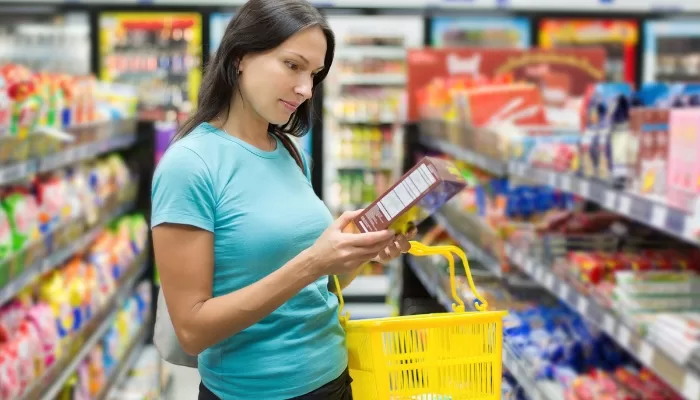Food & Beverage
What’s Behind the Label? Unpacking the Rise of Sustainability in the Food Industry

- Sustainability labelling is becoming more significant as customers demand openness about the environmental impact of their food purchases.
- Common labels include carbon footprint, fair trade, and organic certifications, which provide critical information for making informed purchasing decisions.
- The future of sustainability labelling is bright, fuelled by consumer awareness and regulatory regulations that encourage firms to adopt environmentally responsible activities.
In today’s environmentally concerned society, the food business is under increasing pressure to implement sustainable practices. As customers become more conscious of the environmental impact of their food choices, there is a greater demand for transparency from food makers. This trend has resulted in the evolution of food labelling, with sustainability becoming an important part of product information.
The Evolution of Food Labelling
Food labelling has evolved significantly from its inception in the mid-nineteenth century. Initially, labels were used to tell consumers about the contents and nutritional content. As knowledge increased, so did the desire for more specific information. This evolution resulted in obligatory labelling for allergies, calorie counts, and other nutritional information, allowing customers to make more informed food choices.
The Emergence of Sustainable Labelling
Sustainability labelling has recently gained popularity as people want to learn more about the environmental impact of their food. This type of labelling includes information on a product’s carbon footprint, water usage, and packaging materials, allowing consumers to make decisions that are consistent with their values.
Common forms of sustainability labels are:
- Carbon Footprint Labels: These labels show the greenhouse gas emissions from a product’s manufacturing, shipping, and packaging.
- Fair Trade Labels: These labels indicate that items are supplied by producers who are fairly compensated and operate in safe, ethical settings.
- Organic Labels: Organic labels verify that items are made without synthetic pesticides, fertilisers, or genetically modified organisms.
Benefits of Sustainable Labelling
Sustainability labelling provides numerous benefits to both customers and the environment. For customers, these labels provide vital information, allowing them to select products with lesser environmental effects. Consumers may help to make the world a healthier place by choosing sustainable products.
Sustainability labelling is an effective company marketing technique. Many consumers are willing to pay a premium for environmentally friendly items, giving sustainability a competitive advantage. Companies that use sustainability labels can attract an increasing number of conscious consumers wanting to support environmentally friendly operations.
Challenges and Opportunities
Despite the benefits of sustainability labelling, difficulties persist. One big difficulty is a lack of standardisation, with many organisations using different methods to assess a product’s sustainability. This discrepancy can make it difficult for customers to accurately compare items. Furthermore, the risk of greenwashing, in which firms make false claims about their sustainability efforts, endangers legitimate programs.
To overcome these issues, the development of standardised sustainability labelling systems is critical. These systems should be based on rigorous scientific evidence and accessible to users. Fostering collaboration among governments, corporations, and consumers can also help to enhance food sustainability.
The Future of Sustainable Labelling
The future of sustainability labelling is promising. As consumers become more aware of the environmental impact of their food choices, demand for sustainable products is projected to increase. Companies that successfully integrate sustainability into their labelling and operations will be well-positioned to benefit from this trend.
Carbon labelling in the food and beverage industry is becoming more frequent as a result of increased government legislation and business initiatives. For example, the European Union enforces carbon labelling on all food goods, ensuring that consumers are aware of the environmental impact of their decisions.
As over 80% of American consumers consider nutrition facts when making purchasing decisions, integrating carbon data with traditional labelling is a reasonable next step for consumer packaged goods (CPG) companies. Transparency in greenhouse gas emissions will boost product sales while simultaneously increasing consumer trust and encouraging environmentally responsible choices.


















































